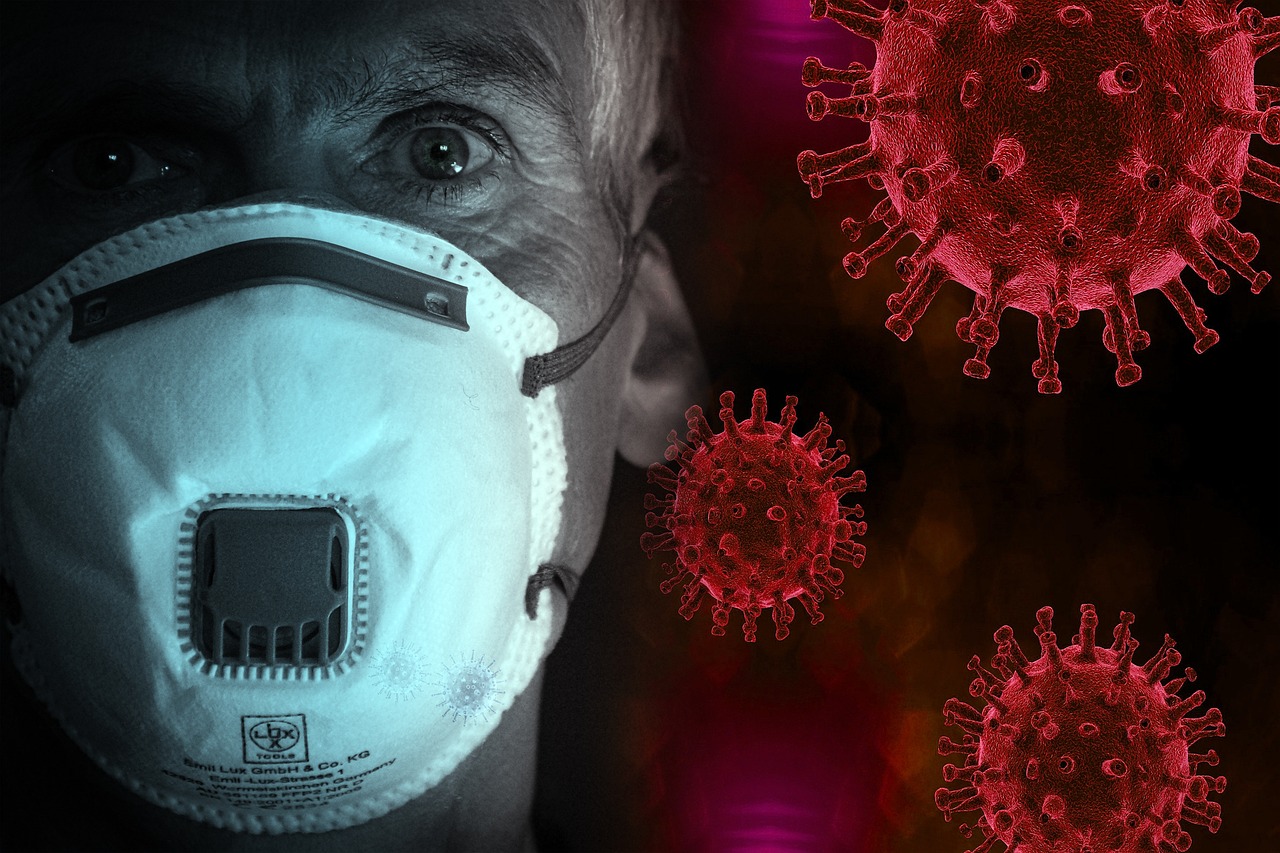by Raymond Crowel, PsyD, Clinical Director, The Danya Institute
In March 2020, COVID-19 made its presence felt literally around the world. Within weeks, our lives were upended, as businesses shuttered their doors, schools closed, and our social connections were severed. The same was true for substance use and recovery programs when outpatient addiction treatment, medication-assisted treatment, and residential treatment programs closed. In the early months, both face-to-face services and AA/NA support networks were nonexistent.
Successful substance use recovery requires access to treatment, connection to people, and a strong community that supports recovery. Limited access to treatment and services, paired with isolation, anxiety, and depression caused by the pandemic, proved to be devastating for many people in recovery. Relapse and overdose rates jumped in the first year of the pandemic, destroying the progress that was beginning to be made in combating the opioid abuse epidemic. In addition, many vulnerable people turned to drugs and alcohol to cope with the chronic stress, loneliness, loss of work, and grief. Lastly, the drug trade in fentanyl exploded. The result was a dramatic spike in overdoses and substance use-related emergency department visits.

While the COVID-19 pandemic has become less deadly, substance abuse has not. The ongoing trauma from the pandemic, untreated relapses in recovery, limited treatment capacity, and increasing potency and availability of illegal drugs contributed to more than 100,000 deaths in 2022 (NIDA).
The pandemic forced substance use treatment systems to think of creative ways to continue to support recovery. Peer Recovery Specialists, trained in outreach and connecting with persons ready to begin their recovery process, shifted to disposable cell phones and virtual support services and support groups. Flexible Federal and state government policies allowed medication-assisted treatment programs to provide more walk-up and take-home dosing. The entire substance abuse and mental health service system migrated to telehealth services to provide safe access to ongoing treatment.
Online networks and virtual referral processes made identifying and matching treatment providers with those seeking treatment easier. As residential programs reopened, providers implemented masking, testing, safe distancing, and sanitation processes to protect residents and staff from COVID-19. Many such practices put into place during the height of the pandemic have remained in place, permanently altering how services are delivered. Sadly, our rates of addiction, overdose, and death by overdose remain high. Although education, prevention, and treatment efforts are back to near pre-pandemic levels, still more needs to be done to save the lives of the many still struggling with addiction.
At a minimum, we need:
COVID-19’s legacy is one of suffering and rising to the challenge. We are hopeful that the enduring legacy will be a stronger system of care for behavioral health, built with the same determination brought to combatting COVID-19.